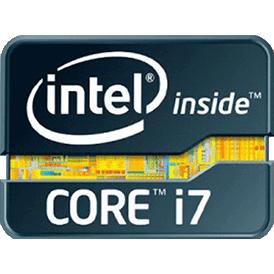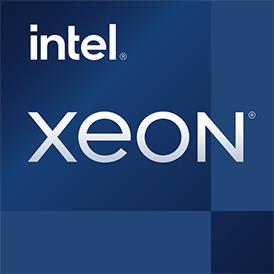 Estimated results for PassMark CPU Mark
Estimated results for PassMark CPU Mark
|
|
Intel Xeon E5-2680 v3
12C 24T @ 2.5 GHz
|
15348
|
|
|
Intel Core i7-6800K
6C 12T @ 3.4 GHz
|
10752
|
 Geekbench 5, 64bit (Multi-Core)
Geekbench 5, 64bit (Multi-Core)
|
|
Intel Xeon E5-2680 v3
12C 24T @ 2.5 GHz
|
9658
|
|
|
Intel Core i7-6800K
6C 12T @ 3.4 GHz
|
6314
|
 Geekbench 6 (Multi-Core)
Geekbench 6 (Multi-Core)
|
|
Intel Xeon E5-2680 v3
12C 24T @ 2.5 GHz
|
8053
|
|
|
Intel Core i7-6800K
6C 12T @ 3.4 GHz
|
5960
|
 CPU-Z Benchmark 17 (Multi-Core)
CPU-Z Benchmark 17 (Multi-Core)
|
|
Intel Xeon E5-2680 v3
12C 24T @ 2.5 GHz
|
4730
|
|
|
Intel Core i7-6800K
6C 12T @ 3.4 GHz
|
3194
|
 Geekbench 6 (Single-Core)
Geekbench 6 (Single-Core)
|
|
Intel Core i7-6800K
6C 12T @ 3.4 GHz
|
1267
|
|
|
Intel Xeon E5-2680 v3
12C 24T @ 2.5 GHz
|
1041
|
 Geekbench 5, 64bit (Single-Core)
Geekbench 5, 64bit (Single-Core)
|
|
Intel Core i7-6800K
6C 12T @ 3.4 GHz
|
1080
|
|
|
Intel Xeon E5-2680 v3
12C 24T @ 2.5 GHz
|
908
|

